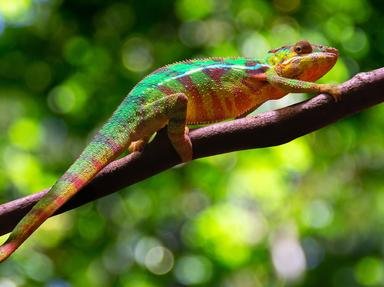Quiz Answer Key and Fun Facts
1. After starting my walk, I wished I had remembered to bring my camera.
2. After carrying six infants in her womb, a thin mother realized her shape had changed forever.
3. She tried, in good faith, to get a loan for a ton of eucalyptus leaves.
4. Hey, let's go, Anna is making seaweed tarts.
5. Cybil bypassed the exit ramp.
6. Falling off of Ayers Rock caused me to be numb, at least for three seconds!
7. After he failed to climb the wall abysmally, Humpty Dumpty decided to scramble himself.
8. I bet tongues from giraffes might be good with spaghetti.
9. While digging with my spade, melon juice dripped down my face.
10. We kayaked down the Darling River.
Source: Author
dcpddc478
This quiz was reviewed by FunTrivia editor
spanishliz before going online.
Any errors found in FunTrivia content are routinely corrected through our feedback system.

